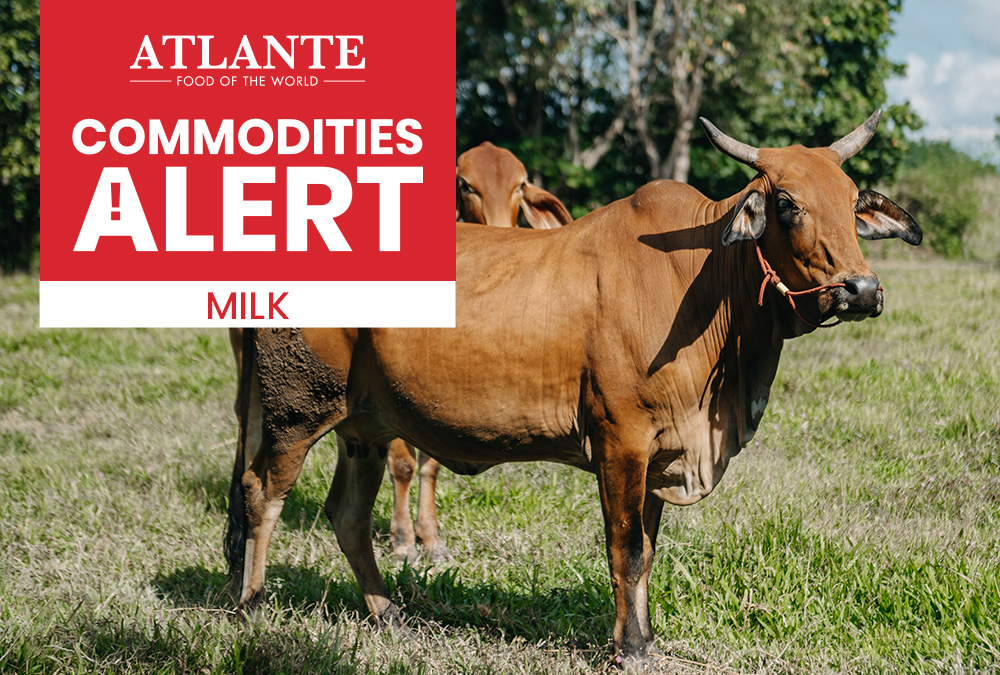Commodities Bulletin Dairy Milk & Eggs Focus on Eggs
We look at the commodities markets globally to help predict buying strategies, we're putting a...
Thank you for visiting us!
This website does not completely support on Internet Explorer. Please use another browser.
Apologies for inconvenience
By: Atlante HQ on Jul 16, 2025 1:56:44 PM

Atlante spotlights trends in the major commodities markets as a tool to help with FMCG buying strategies. This update focuses on the European dairy sector, highlighting the latest milk market dynamics and key challenges facing producers and exporters as of July 2025.
Summer 2025 is proving to be more challenging than expected for the European dairy sector. Despite the optimistic forecasts from the European Commission, which had projected a slight increase in EU milk production (+0.5% compared to 2024), the first four months of the year have shown a completely different scenario, with a 0.2% decline compared to 2024. The main producing countries (Germany, France, and the Netherlands) are facing a phase of contraction, while only a few (Poland, Italy, and Ireland) are showing modest signs of growth.
Among the main causes: increasingly strict environmental policies, high production costs, and recurring outbreaks of bluetongue and foot-and-mouth disease.
In recent weeks, a new threat has emerged: Lumpy Skin Disease (LSD)—a viral disease that affects only cattle and is transmitted by biting insects. It poses no risk to humans and is not as highly contagious as other diseases (such as foot-and-mouth disease), but it can severely reduce the productivity of affected animals. The first LSD outbreaks were reported as early as late June in Sardinia, northern Italy, and France.
As provided by EU regulations, surveillance zones (50 km) and protection zones (20 km) have been established, with restrictions on the movement of cattle. However, milk from these areas can still be marketed, provided it is destined for industrial processing with appropriate heat treatments (such as pasteurisation or equivalent methods).
Several non-EU countries have already introduced trade restrictions:
In general, pasteurised and aged dairy products remain eligible for trade according to the international standards set by WOAH and EFSA.
Compared to the foot-and-mouth disease crisis that hit the sector in Germany earlier this year—causing an export ban with severe consequences— LSD is considered a much more manageable threat because:
Despite the challenging sanitary context, the dairy market remains tight (also due to seasonal demand peaks and reduced supply):
In summary, LSD is impacting the sector, but a full trade shutdown, like those seen in the past with more severe diseases, is not expected. Pasteurised and aged dairy products continue to circulate freely both within Europe and in many foreign markets.
However, the sector should still prepare for a highly volatile market environment and potential requests for additional certifications from international customers.
Stay informed about trends in grains, oils, eggs, dairy products, legumes, and colonial goods with Atlante. For custom support and help along your FMCG journey, contact us via the form below.
We look at the commodities markets globally to help predict buying strategies, we're putting a...
The world of food & beverage marketing is in constant evolution. At Atlante, we know every nuance...
In 2021, members of the Atlante team in Italy saw potential for introducing a better quality...